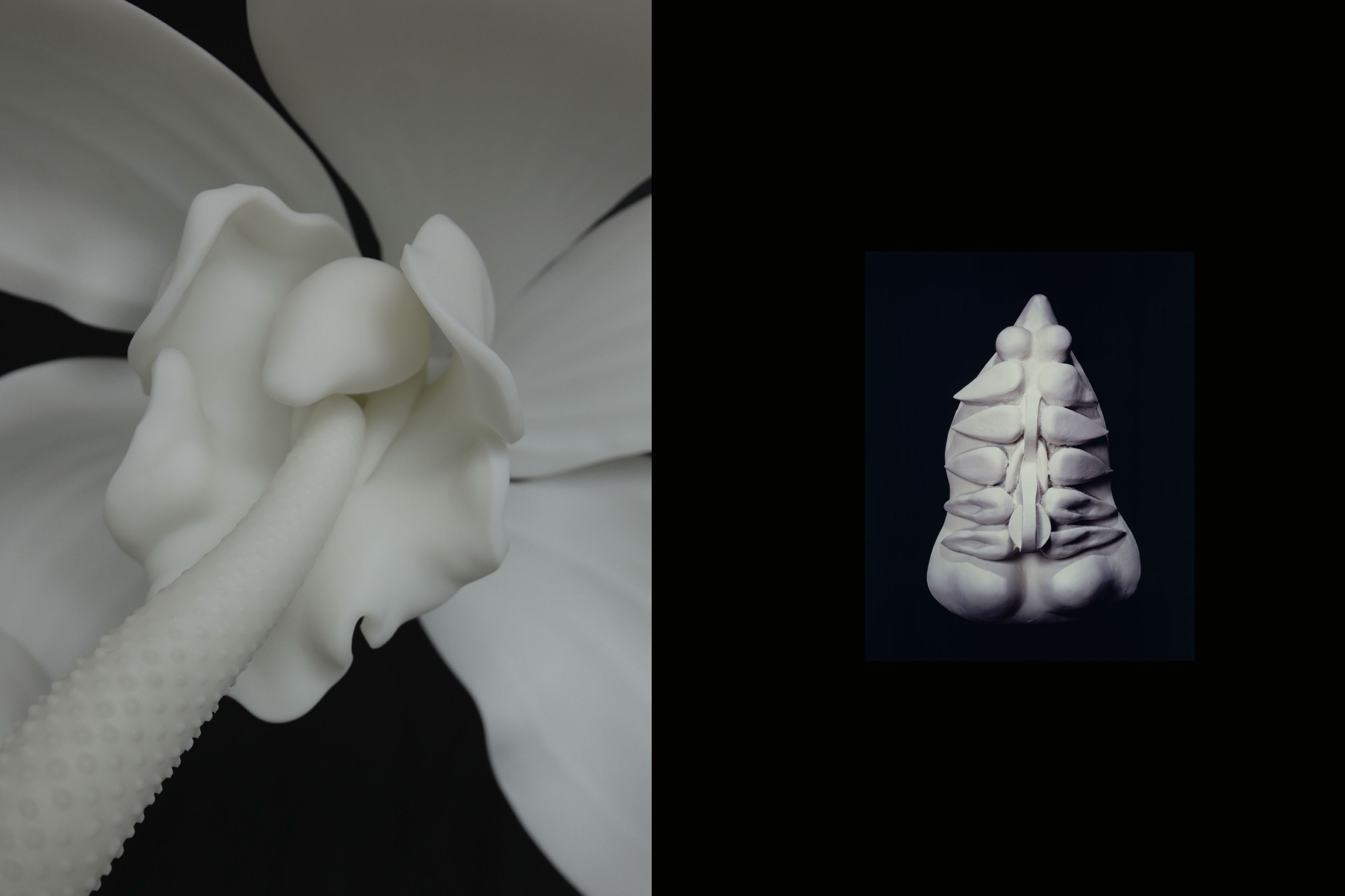Review: OBT's Swan Lake

Principal dancer Yuka Iino in "Swan Lake." Photo by Blaine Truitt Covert
[Editor's Note 3/7/13: We have removed a paragraph here and at the review's conclusion that inaccurately reported that Christopher Stowell’s restaging reworked Petipa’s choreography for the ending. We apologize for the error.]
Dominated by the usual goofy character acting and mimed plot introduction, the first act still had several lovely moments, particularly the pas de trois danced to the original 1895 choreography. The nervous energy of opening night was visible in the first few variations, but it seemed to run its course by the time the curtain dropped and the scene was set for Act II: Beside A Lake. The blue lights illuminated the white feathers of the swan corps de ballet and a soft fog rippled across the floor. The stellar staging skill of OBT’s Ballet Master Lisa Kipp was apparent, as the unforgiving lines of the swan flocks’ stiff romantic tutus can emphasize even the most minimal of mistakes. There were none to be had in any of the dreamy lakeside sequences, and Iino’s entrance and first pas de deux with Prince Siegfried (Yang Zou) were the highlight of the evening.
Swan Lake
Oregon Ballet Theatre
Keller Auditorium
Feb. 16–23There is something especially fragile about the swan maidens’ movements—the way they nestle their heads in a wing-like arm, fearful of the prince with his bow and arrow. Iino’s face read of pain and sorrow even in the back corners of the theater, while the unique fluttering wings of the swan’s signature port de bras made us feel her character’s desperation. The orchestra swelled and Iino’s arms flapped ever more wildly, the blue lights illuminating her glistening back, until she nailed a powerful arabesque and vanished into the curtains. The audience broke into applause, and Stowell could be heard to cheer, “Brava!” in a deep baritone from the orchestra.
One of the most beloved interlude pieces in classical ballet follows: the pas de quatre endearingly referred to by aspiring prima ballerinas everywhere as “baby swans.” Riding high on the audience’s applause from Iino’s first big number, the four ladies briskly executed each step without fault, arms laced together and heads bobbing in perfect unison.
There was great expectation for Iino’s black swan variation in Act III. Perhaps too much. Iino auditioned for Stowell back in 2003 with this very piece of choreography, which had already won her a gold medal at the 1998 Varana International Ballet Competition. But in the opening night, she appeared rather reserved for a character that calls for dark mischief and commanding, sultry gestures. Thanks to the popularity of Black Swan, we’ve all been educated about the difficulty in capturing both the innocence of the white swan and the power and mystique of the black swan. However, Iino was much more playful in her expression after the coda’s iconic fury of 32 fouettes turns ended in a small fumble. The minor mistake seemed to relieve her of the pressure to be perfect, as OBT had billed her technique in this role to be. The audience gave her another round of ravenous applause, and as she broke into a giant smile, it was clear that she does in fact command the dual role of Odette and Odile.




